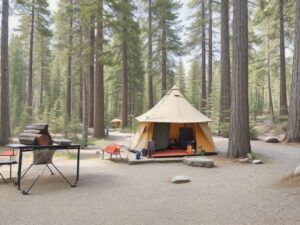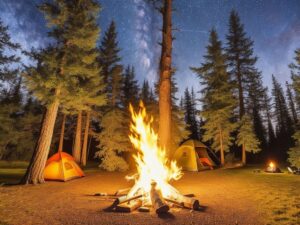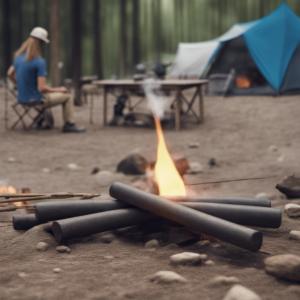
“Look deep into nature, and then you will understand everything better.”
–Albert Einstein
Sumo's Latest

Quick and Easy Camping Meals: Delicious Recipes for Outdoor Adventures
Camping meals are an essential aspect of any outdoor adventure. Planning and preparing meals in advance not only ensures that your nutritional

Ultimate Guide to Choosing the Best Truck Bed Tent for Camping
A truck bed tent is a camping accessory specifically designed to be set up in the bed of a pickup truck, providing

Discover the Joys of Primitive Camping: A Guide to Outdoor Adventure
Primitive camping refers to a type of camping that involves venturing into the wilderness and immersing oneself in nature with minimal amenities

Find the Perfect SUV Tent for Your Adventure: The Ultimate Guide
SUV tents have gained popularity among outdoor enthusiasts as a convenient and versatile camping solution. These tents are designed to attach to

Experience Ultimate Comfort and Adventure with a Hammock Tent – Your Guide to Choosing the Perfect One
A hammock tent combines the comfort of a hammock with the protection of a tent, offering an alternative and enjoyable camping experience.

Experience the Magic of Romantic Camping: Your Ultimate Guide
Romantic camping offers a unique and intimate experience for couples seeking a getaway amidst the beauty of nature. It allows you to

The Ultimate Guide to Outdoor Camping: Everything You Need to Know
Outdoor camping provides a unique opportunity to connect with nature, escape the hustle and bustle of everyday life, and create unforgettable memories.

Exploring the Best Campfire Wood for a Memorable Outdoor Experience
The choice of campfire wood can greatly impact your overall camping experience. Selecting the right type of wood is crucial for achieving

What is a Ferro Rod? .. And Why You Need One for Your Next Camping Trip
When it comes to outdoor survival tools, one item that often comes up is the ferro rod. So, what exactly is a
Product Reviews
Come take a look at all of the products our team has used, tested and reviewed for your benefit!

